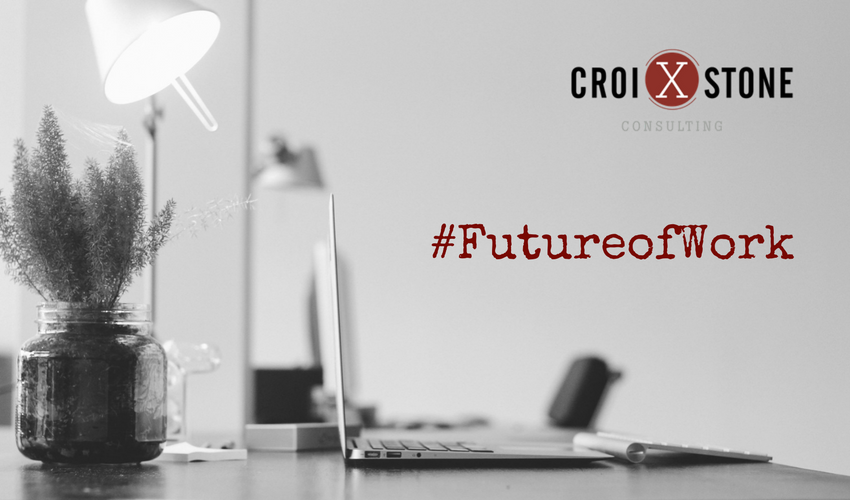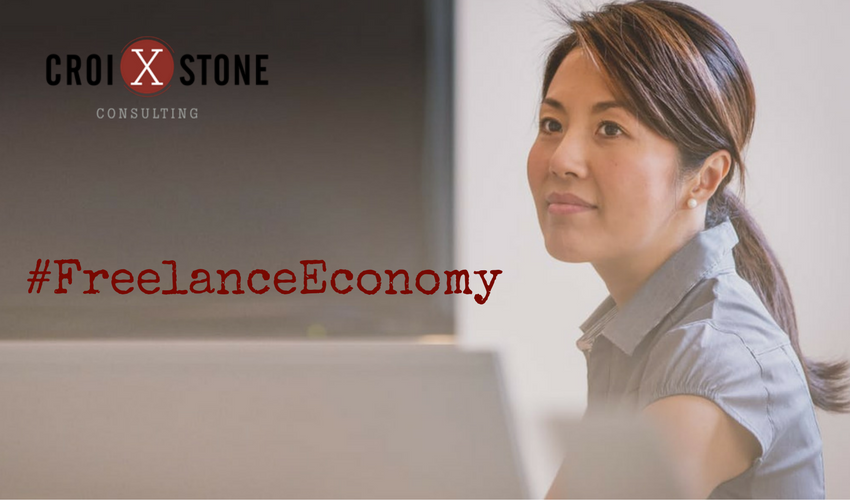The Growth of Coworking
The Queen City is continuing to see the growth of coworking space. The coworking concept, paying for access to private and shared workspace, was initially fueled by the rise in mobile technology and the gig economy. More recently, the coworking trend expanded in the corporate and commercial real estate market, with more than one million people worldwide expected to be working in coworking spaces by the end of 2017.
Coworking spaces come in all shapes and sizes and represent the antithesis of yesterday’s corporate offices. With an estimated 14,000 spaces around the world, the spaces are shared by corporate teams, small businesses, tech workers, creatives, entrepreneurs, and more who are looking for the flexibility to be able to expand and add office space as they grow.
Learn more about the coworking trend below:



